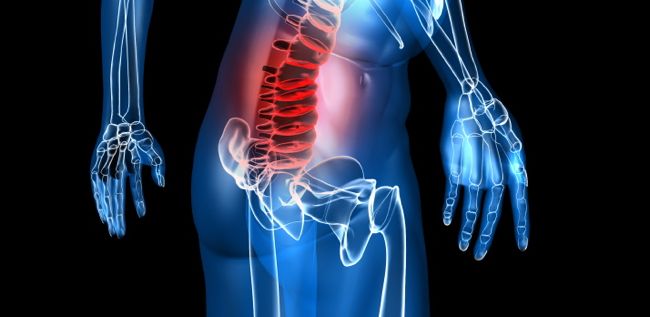
The sacroiliac joints (SI) are a common source of lower back problems for a wide range of people including housewives, professional athletes, and elite lifters. The SI joints don’t discriminate.
Fixing imbalances in this region is a real pain in the butt sometimes (pun intended). There are two areas that we need to be aware of when dealing with SI joint dysfunction:
- The health of the actual joints: The SI joints are made up mostly of ligamentous tissues. They move very little (many experts agree somewhere between 1–3 degrees). This amount of movement is relatively undetectable by most diagnostic means, which is why many doctors dismiss the sacroiliac joints as being a source of pain.This small amount of motion coupled with the joint’s irregular joint surfaces provide significant strength to the area for transmitting forces from the spinal column through the lower limbs. The stability of the joint through its structure is referred to as “form closure.” As we age, these joints can develop fibrous adhesions, degenerate, and sometimes even fuse. This can obviously lead to significant alternations in force transfer and pelvic function in the aging athlete.
- Muscular stabilization of the joints: There are actually no muscles that move the sacroiliac joints. However, function of the pelvis as a whole is dependent on the large powerful muscles by which it is surrounded as well as the intrinsic stabilizers beneath.With this, it becomes obvious that muscular balance must be present in order to adequately support SI joint health. This muscular support along with the ligamentous support of the joints is referred to as “force closure.”
Muscular contributions to pelvic stabilization
There are 36 muscles that surround the limbo-pelvic-hip complex, and every one of them has an important role in stability of the region. These muscles operate in “slings,” which refers to the organization of muscles that work together.
It’s important to be aware of two major systems—the inner unit and the outer unit.
The inner unit includes the muscles of the pelvic floor, the transverse abdominus, the diaphragm, and the multifidus. These deep stabilizer muscles provide intersegmental spinal stability as well as support in the internal organs and the respiratory systems. The outer unit includes the lats, glutes, erector spinae, hamstring, obliques, adductors, quads, and hip flexors.
The complexity of dealing with this area and the degree of precision necessary for optimizing function should be quite obvious. Any imbalances in the muscular slings may contribute to pain or muscle inhibition, which decreases neural drive and thus power output and performance.
In the next part of this series, we will explore the criteria for deciphering imbalances and corrective protocols for getting things back in order.








